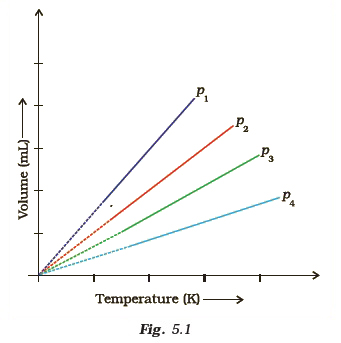Mugisa Geofrey and Yandu Amos and ALIRA DANIELMugisa Geofrey Zziwa is a learning facilitator with Ultimate MultiMedia Consult. With knowledge of the following topics: Digital Pedagogy training or digital teaching skills, how to integrate ICT in teaching. Journalism and the Internet/Computers (How internet helps journalism) Basic web design & CMS and Multimedia Content publishing Digital security and safety basics for journalists Best practices for ensuring safety online Data Mashups Collaborative digital content development tools Live streaming and Live reporting Immersive Storytelling tools and practices Among others I have conducted a number of trainings which include: • Multimedia Journalism and Digital Safety training for university Students held in Makerere University, Kampala International University and Cavendish University and sponsored by the American Embassy Uganda. • Digital Pedagogy training for Science Technology Engineering and Mathematics (STEM) Teachers held in Iganga Girls SSS in Iganga District for Eastern region Uganda, St. Maria Gorretti in MPigi District for Central region Uganda, and Teso College ALOET for the Karamoja region Uganda. Sponsored by Forum for African Women Educationalists Uganda (FAWEU) Training Teachers on integration of ICT in teaching and delivering lessons to students. • Digital Pedagogy at American Center for Teachers by Teachers In Need (TIN) Uganda. • Facilitator on Digital Pedagogy with ICT Teachers Association Uganda (ITAU) at American Center, Kyebambe Girls SSS in FortPortal for western region Uganda, Dr. Obote College Boro Boro Lira for Nothern Region Uganda.

Leave a Comment